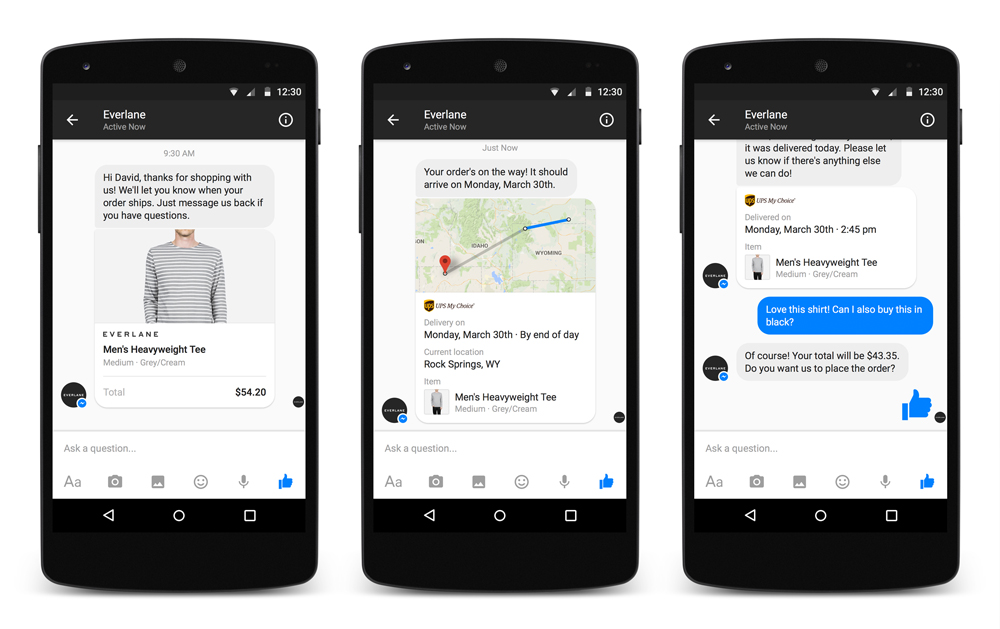3 Personalisation Techniques to Drive Mobile Sales
1. Location-Based Personalisation

Fact: Customers are constantly on the move. So, if you’re a brand with a bricks-and-mortar store, the challenge is to make sure you keep pace with that ‘never-off’ lifestyle. Sending targeted location-based offers, therefore, can prove difficult. Many smart retailers are now targeting customers based on their precise location, through geo-targeting or geo-fencing.
Here’s how it works: Imagine your brand has a shop in Oxford Circus, and today it’s having a one-day flash sale. You create a segment that targets individuals that are currently in Oxford Circus highlighting the sale and encouraging them to stop by the participating location. This kind of on the go interaction with the customer is going the make it possible for brands to power a new kind of customized outreach that takes advantage of location-based personalisation. Its timely, targeted and personalised.
According to a commerce report by Episerver “44% of shoppers want brands to personalize coupons based on location”.

2. Social Commerce Integration
Thanks to platforms like Facebook and Instagram, social commerce is on the up and up, and it doesn’t look like it’s going anywhere fast! And it’s ever-developing. For instance, Facebook recently opened the Messenger section of its platform up to companies to place sponsored content on there, sell their products, and potentially generate bots to interact with customers. Facebook Messenger has become pretty commercially-driven, given that 85% of Facebook users are spending time on the platform to merely interact with their friends.
Messenger selling service would work very similar to any customer support chat box you would place on your own website. The customer can ask all the questions they want about the product before purchasing the product. After the transaction has been completed, the customer receives automated order tracking and updates without having to look at their email accounts. An instantaneous message shoots over to their Messenger, also sending them a notification on the mobile Facebook app. All of the communications with each customer consolidates into single threads. Both the retailer and the customer don’t have to go scrambling around to find past emails or customer support tickets.
Due to its infancy, the results of using Messenger for business are fairly sparse right now. But it’s worth considering that studies have shown that a business can lose as much as 15% of their customers if they ignore social media requests and that revenue per customer on Facebook can grow 20-40% for businesses that do respond and cultivate their customers on this platform.
When it comes to Instagram, it’s worth checking out their ‘Shop Now’ CTA which takes the user to the company’s website or mobile app. According to Global Web Index, over a third of Instagram users have used their mobiles to purchase a product online, making them 70 percent more likely to do so than non-users. The social platform now has over 1 billion users globally, so certainly a worthwhile opportunity to follow.
3. Mobile as a Digital In-store Assistant
In such a competitive marketplace, retailers are continually thinking up new innovative ways to deliver the best possible in-store experience for their customer. Research by Mobile Commerce Daily found that an amazingly high 51% of people used retail mobile apps while shopping in-store for redeeming in-store discounts, finding products, and viewing product ratings and reviews.
Beacon technology (one of the latest developments in location technology and proximity marketing) can allow retailers to connect with user devices helping the them to communicate and engage shoppers on a highly personal level. In store navigation technology helps customers to navigate to desired products within the store. Additionally, customers who have signed up for a store’s loyalty app can be targeted with product recommendations, discounts, and adverts, all whilst in store.
Supermarket giant Waitrose for instance has taken it one step further. Through the loyalty scheme MyWaitrose, they have a attracted millions of consumers, with the programme promising free hot drink and a newspaper to members. They also took steps to ensure the online experience translated seamlessly into their brick and mortar stores allowing customer to pick up groceries without the need to visit the actual store. The Click-and-Collect service provides temperature controlled lockers so that customer can access groceries in locations like train stations and airports at their own convenience.